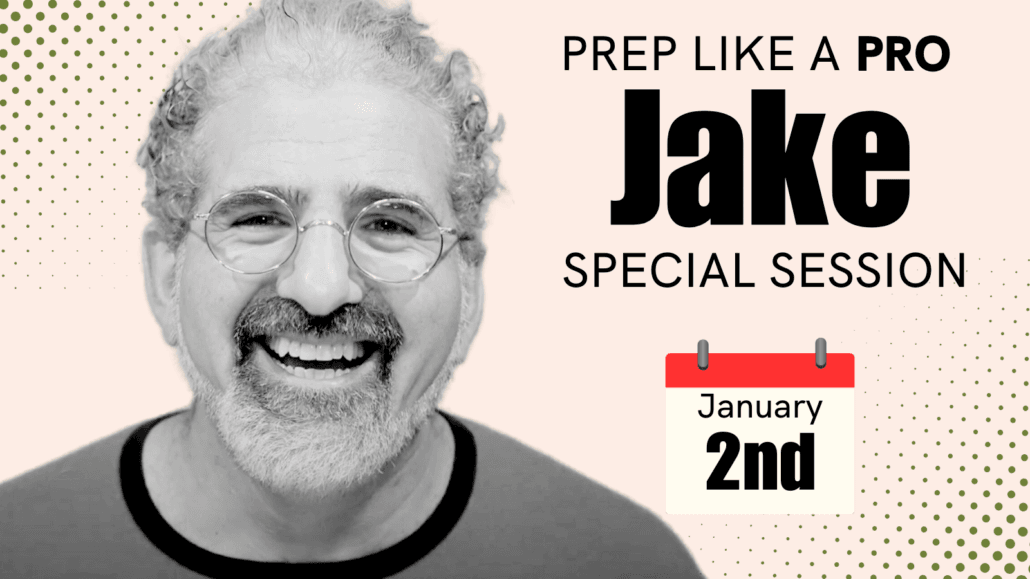[spb_text_block pb_margin_bottom=”no” pb_border_bottom=”no” width=”1/1″ el_position=”first last”]
Revision: Focus On One Goal At A Time
By Jacob Krueger
[/spb_text_block] [divider type=”thin” text=”Go to top” full_width=”no” width=”1/1″ el_position=”first last”] [spb_text_block pb_margin_bottom=”no” pb_border_bottom=”no” width=”1/1″ el_position=”first last”]Each week, as part of the “10 Things to Know About Revision” article series, we’re going to be discussing a simple thing you can do right now to breathe life into your rewrite, and make the process not only effective, but also fun!Want to learn more about The Art of Revision? Check out our long awaited 8 Week Revision Workshop with George Strayton in NYC or Online.[hr]As we discussed in last week’s article, when working on a rewrite of a screenplay, it’s vital to set one clear, objective goal for the revision, so you can know what is most important in this phase of the process, and what can be left to a later draft.Without a clear, recognizable goal that we know we can achieve, it’s easy to find ourselves rewriting from a place of fear: driven by a deep anxiety that our screenplay is just not good enough without the benefit of a tangible vision of what good enough would actually be!On the other extreme, it’s easy to overwhelm ourselves with too many tangible goals; compiling never-ending (and often conflicting) checklists of things to be fixed and improved in our screenplays as we try to heed the advice of every cook in the kitchen. Cooks including coverage readers, producers, friends, family, teachers, writers groups, screenwriting books, structural formulas – and even our own constantly shifting thoughts about our writing – without any sense of how these supposed “improvements” actually fit with our real goals for this particular screenplay, or how they’re all supposed to fit together into a unified whole.That’s why it’s so important to focus on one goal at a time. Let that goal become the North Star for your revision. The one ring to rule them all. The only action item on your check list and the only thing your brain needs to focus on in this phase of the process.This allows you to calm the many anxieties that come with rewriting a script, the feeling that you’re wrestling with something so much bigger than you can keep in your head, where everything is so interconnected that you pull one string and the whole tapestry can fall apart.It reminds you that you’re not trying to build the whole tapestry all at the same time. You’re just trying to follow this one string and see where it takes you, until you understand it so fully that you can intuitively recognize how it fits with all the other strings around it.So, if you’re working on your dialogue and you suddenly realize that you’ve got problems with your action, your structure, or your formatting, that’s okay! You’re not trying to fix everything right now. You’re just following this one little string.The wonderful and ironic thing about focusing on only one goal at a time is that oftentimes changes in one little string of your screenplay end up leading to vast improvements in other areas of your story. Because every element of a screenplay is so deeply interconnected, a revision focused on the specificity of your main character’s dialogue may inspire all kinds of new insights into who your character is, the nature of their journey, the hook of your movie, or even the way you write the action lines.And if the screenwriting gods gift you with such inspiration, by all means accept that gift! Write the scene, rewrite the action, restructure the story, capture that turning point.But remember, these new flashes of inspiration are only the bi-products of your clear, objective goal. The icing on the cake, but not the cake itself. So, if you’re feeling inspired, chase that inspiration. But if you’re starting to feel overwhelmed or distracted by all the possibilities, look back at your North Star, and remember what your goal is for this draft of the revision.You’ll have plenty of time to look at all the other possibilities later and, oftentimes, be pleasantly surprised at how a tiny change to the dialogue in Act 1 has suddenly pulled that turning point you were so worried about at the end of Act 4 into perfect focus.But if you turn out to be not so lucky, at least you can set a new goal for the next revision, knowing that the foundation of the previous goal has already been fully explored and established. You now know where that string leads, and can draw upon that knowledge as you follow the next one.[/spb_text_block] [blank_spacer height=”30px” width=”1/1″ el_position=”first last”] [spb_text_block pb_margin_bottom=”no” pb_border_bottom=”no” width=”1/2″ el_position=”first”][sf_button colour=”accent” type=”sf-icon-reveal” size=”large” link=”https://www.writeyourscreenplay.com/2014/10/02/10-things-know-revision/” target=”_self” icon=”ss-left” dropshadow=”no” extraclass=””]PREVIOUS ARTICLE[/sf_button][/spb_text_block] [spb_text_block pb_margin_bottom=”no” pb_border_bottom=”no” width=”1/2″ el_position=”last”][sf_button colour=”accent” type=”sf-icon-reveal” size=”large” link=”https://www.writeyourscreenplay.com/2014/10/19/concentrate-whats-working/” target=”_self” icon=”ss-right” dropshadow=”no” extraclass=””]NEXT ARTICLE[/sf_button]
[/spb_text_block]


